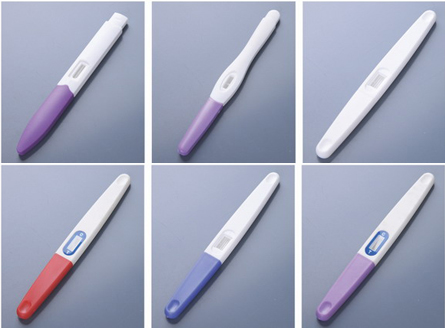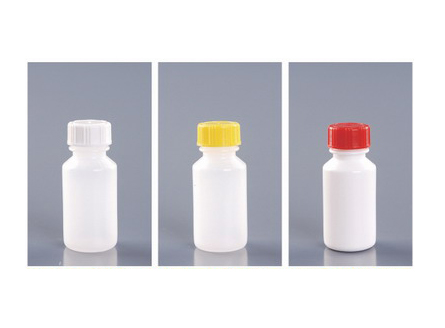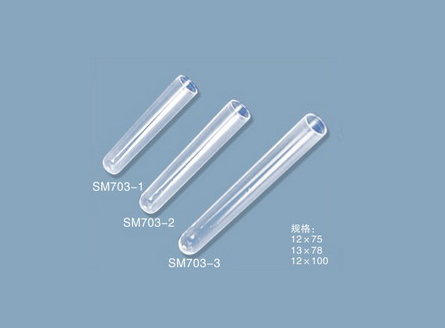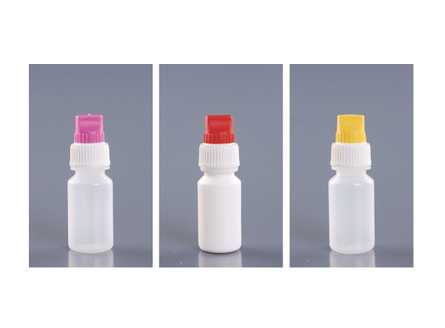
 Pen type card
Pen type cardPen cards come in various specifications ...
 Reagent bottle
Reagent bottleReagent bottles containing reagents,wheth...
 試管
試管A test tube is a container used to hold a...
 Rotary cap drip bottle
Rotary cap drip bottleThe rotary cap drip bottle is a commonly ...
FAX:+86-317-4052076
Email:[email protected]
Web:2meiwang.cn
Address:Du Sheng Xiang Xiao Liu Village, Cang County, Cangzhou City, Hebei Province
Current Location:HOME > NEWS > Frequently asked questions >
NEWSThe Problems and Prospects of Immunocolloidal Gold Immunoassay Technology
Since its inception, immune colloidal gold technology has been widely used in detection and on-site diagnosis due to its advantages of simplicity, specificity and sensitivity, demonstrating enormous development potential and broad application prospects. There are still some shortcomings in the practical research and application of colloidal gold immunoassay technology: firstly, this method often encounters false positives and false negatives during the detection process; Secondly, the sensitivity and repeatability of the detection are not high, and the detection range needs to be further expanded; Later, due to the use of colloidal gold nanoparticles as markers in immunocolloidal gold technology, some characteristics of the particles themselves also limit the application of immunocolloidal gold technology, such as high cleanliness requirements during operation, poor stability of colloidal gold solutions, short storage time, large colloidal gold particles, and poor permeability. On the basis of solving these problems, immune colloidal gold technology should be developed in the following aspects: further improving the sensitivity and specificity of gold immunoassay, achieving multivariate detection, and achieving quantitative or semi quantitative detection are the future directions of gold immunoassay development, including improving the quality of colloidal gold. Further improve the preparation process of immune colloidal gold to standardize and program it, in order to improve detection accuracy and reproducibility, and reduce the occurrence of false negative (false positive) results. Further improve the detection sensitivity. To amplify the reaction signal of specific antigen antibodies and enhance the colorimetric effect of colloidal gold, measures such as biotin affinity system (BAS) or immune gold silver staining (IGss) can be used, combined with some corresponding biosensors and electrochemical devices to expand its detection range. TANG et al. improved the sensitivity and stability of biosensors for detecting HABS surface antibodies by modifying colloidal gold with platinum electrodes; KITANO et al. measured the affinity constant of gastric protease using an inductor based on the surface plasmon resonance effect of colloidal gold. Thirdly, achieve multi-dimensional detection. Two methods can be used: multi membrane composite or single membrane multi receptor fixation. Multiple sets of results can be obtained simultaneously in one detection, saving detection time and cost. This has great application value for detecting certain substances with joint detection significance. BUECHLER et al. developed immunochromatographic test strips that can simultaneously detect surface antigen B, AIDS virus antibody, antigen and type C antibody with a method of coating multiple antibody bands with a membrane. The application of multiple detection in veterinary detection is still worth looking forward to. Fourthly, achieve quantitative measurement. At present, there are three types of quantitative detection using immunocolloidal gold technology: the first type divides the results into negative, weakly positive, moderately positive, and strongly positive through visual comparison of the color depth of the test strip; The second method is to design the reactant of the detection line to only combine with a known amount of analyte. Any excess analyte will combine with the next detection line, creating a thermometer like band gradient; The third method is to use a reflective densitometer to measure the color intensity of color bands or spots, and convert the color intensity into a digital indicator. Although the first two detection methods are simple, they can only provide semi quantitative results. The third detection method can achieve quantitative detection, but it requires instruments and is inconvenient to operate. The implementation of new, simple and practical quantitative detection techniques will make immunocolloidal gold technology widely used in toxin detection. In summary, immune colloidal gold technology is another mature and widely used immune labeling technology, following the three major labeling technologies. In future research, immunocolloidal gold technology will further demonstrate its enormous superiority and also play its role in a wide range of fields
